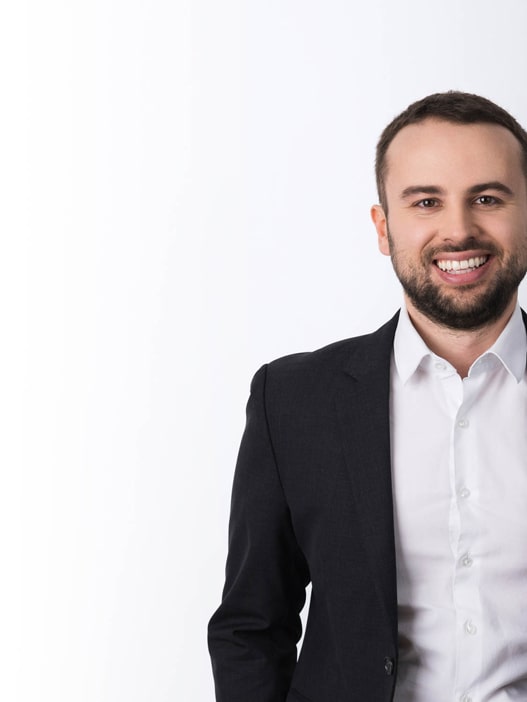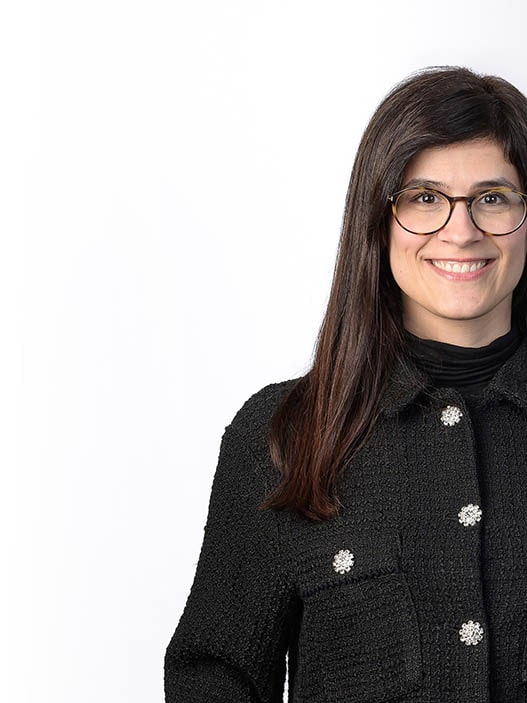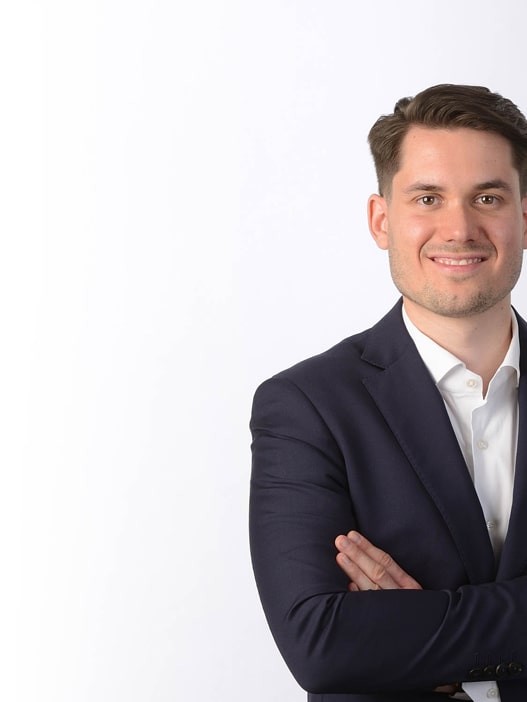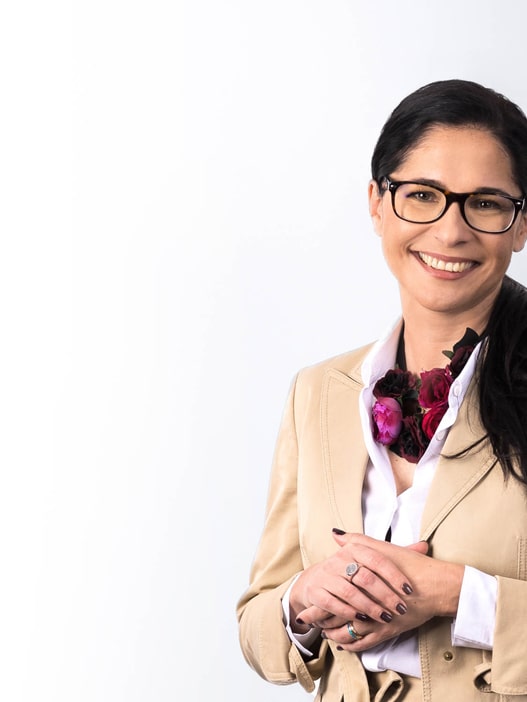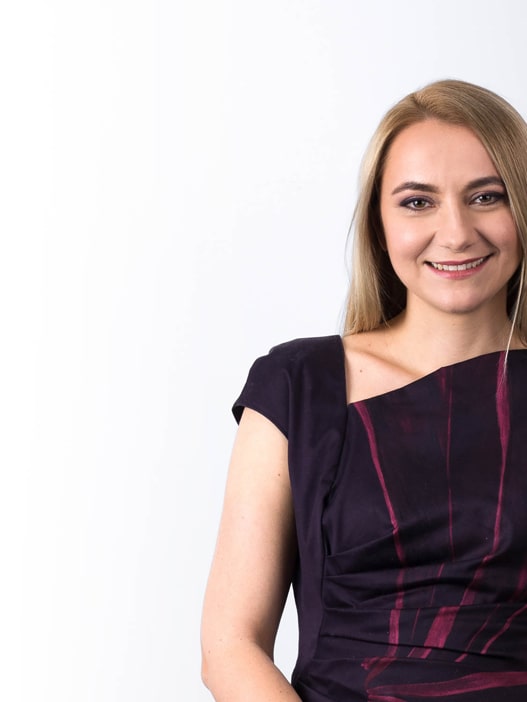Medical devices in CEE & SEE: Navigating the challenges to modern healthcare
The Wolf Theiss Guide to Medical Devices in CEE & SEE offers an in-depth examination of the medical device industry in Central, Eastern and Southeastern Europe, focusing on the regulatory landscape, as well as key developments and opportunities shaping the sector.
While the implementation of MDR/IVDR has been largely completed, with some exceptions, secondary legislation still needs to be enacted in certain countries. However, reporting obligations in some jurisdictions exceed those set at the EU level. Additional provisions at the national level continue to exist, such as those related to advertising, promotion and product liability.
Limited access to notified bodies leads to frequent delays and increased certification costs. Often complex and cumbersome reimbursement frameworks create further challenges. Moreover, delays in innovation and access to new devices and technologies are attributed to underdeveloped practices, a shortage of expertise and resources, as well as regulatory uncertainty.
However, the use of telemedicine and SaMD is gaining traction; with AI-powered devices expected to follow. While regulation continues to lag behind practice, some countries, have made attempts to define and regulate these areas to varying degrees of detail.
The journey to modernising healthcare through medical devices in Central, Eastern and Southeastern Europe is marked by both complexity and opportunity. This guide delves into the regulatory challenges that shape the medical device industry in the region and offers insights into the existing hurdles, areas of progress and anticipated regulatory updates.

Download the guide in English
Austria
The list of entities subject to monitoring and certain reporting obligations in Austria extends beyond the provisions of the MDR and the IVDR. It includes persons and entities that use medical devices, such as beauty salons and fitness centres.
The reimbursement of medical devices is not standardised. Reimbursements within the hospital are regulated differently depending on the type of the hospital operator. Reimbursement of medical devices outside of hospitals depends on the social insurance institution involved. In addition, patients generally contribute a certain co-payment towards the cost of the device.
The catalogue of offences that trigger sanctions is extensive and deliberate attempts to commit offences are also considered to be sanctionable.
Neither telemedicine devices nor SaMD or AI-powered medical devices have been regulated in a comprehensive way in Austria to date. Specific regulations on the use of telemedicine devices still need to be developed. Telemedicine services and devices already exist on the market, however, providing these services involves a high degree of legal uncertainty.
Download the Austrian chapter
Related experts
Bulgaria
Bulgaria is one of the few EU countries that still has not adopted local legislation to facilitate MDR/IVDR, meaning the former medical devices regime (aligned with the MDD and IVDD) continues to apply. This results in a high degree of uncertainty for manufacturers, wholesalers and other participants in the Bulgarian medical devices market. This also precludes the establishment of local notifying bodies to facilitate local conformity assessments and ease market access and support innovation.
The local Draft Bill, which has languished in Parliament since 2023, provides for some insight into the intended scope and country specifics of implementation. The envisaged changes could improve the functioning of the local market. However, it remains to be seen whether that approach will be kept in the final version.
Limited access to public reimbursement and the often high remaining cost to be borne by patients continue to be another important hurdle. In addition, the market lacks traceability and information on produced/supplied and re-sold medical devices, allowing for unfair trade practices and non-compliance with European quality and safety standards for medical devices.
Recent amendments to various existing acts introduce general provisions on telemedicine, digitisation of healthcare services and medical records. It is a welcome step towards the modernisation of healthcare in Bulgaria, but further and more detailed regulation is still necessary.
Download the Bulgarian chapter
Related experts
Croatia
In recent years, procurement prices for medical devices have significantly increased due to rising fuel, transportation and labour costs. Delays in adapting the reimbursement policies and regulations of the Croatian Health Insurance Fund (HZZO) have further impacted product availability, given that a substantial portion of medical devices are covered by insurance.
However, market entry is expected to become faster with the full implementation of the MDR and IVDR, as administrative burdens and processing times will be reduced. Additionally, the HZZO has upgraded the standards for categories of medical devices, allowing more advanced versions to be covered by insurance.
Croatian regulations include additional protective measures for product liability beyond those outlined in the MDR/IVDR. While the Act on the Implementation of the MDR and IVDR, the Medical Devices Act and its associated ordinances establish an enforcement framework, the Civil Obligations Act provides comprehensive rules on liability for defective products.
Although there is a push to digitalise healthcare and introduce AI-based innovations, Croatia struggles with a shortage of experts in biomedical and health informatics, which is crucial for further progress in this area.
Download the Croatian chapter
Related experts
Czech Republic
The current regulatory framework based on the MDR/IVDR in the Czech Republic imposes stricter standards compared to previous regulations. Increased costs, bottlenecks due to a shortage of notified bodies and a slower approval process create significant challenges for manufacturers and distributors of medical devices.
Due to delays in the EUDAMED’s launch, there are three information systems that are currently operating in the Czech Republic simultaneously, which makes the registration and notification procedure burdensome and time consuming. The national reimbursement system for medical devices lacks flexibility and clarity. A new law on the reimbursement of voucher-based medical devices is set to take effect in 2025; however, no changes are anticipated for the reimbursement of hospital-based devices.
While manufacturers bear primary responsibility for defects, distributors and healthcare providers can also be held liable if they fail to meet their specific obligations. Consumers generally have two years to claim a defect.
The digitalisation of the healthcare system in the Czech Republic has been given a new opportunity with a recent amendment to the Healthcare Services Act. The act also defines telemedicine services and outlines the basic conditions for offering such services.
Download the Czech chapter
Related experts
Hungary
The challenges of aligning Hungarian national laws with the EU MedTech regulations are primarily related to the increased regulatory burden and administrative changes, such as stricter standards for clinical evaluations, post-market surveillance, high compliance costs and limited access to notified bodies. Manufacturers and importers with a Hungarian presence must also fulfil a notification obligation towards the pharmaceutical authority. Geopolitical factors such as the Ukraine war have also impacted product availability.
All these factors lead to a slower adoption of new technologies and devices. These affect smaller manufacturers in particular, as many of them struggle with limited resources, forcing them to exit the market.
Partly under medical devices, Hungary treats medical aids as a special product category, subject to a separate regulation. These products can only be sold to patients by pharmacies or specialised stores. Medical aids are subject to detailed rules for reimbursement, advertising and promotion.
Opportunities in digital health, including telemedicine and AI-powered devices, face regulatory gaps but show promise due to Hungary’s evolving digital health infrastructure. National initiatives like the EESZT provide a great foundation for growth.
Download the Hungarian chapter
Related experts
Poland
Despite the bottlenecks related to access to notified bodies and certain types of conformity assessments, there are currently no reported significant shortages of medical devices in Poland. While the overall business outlook remains positive, the limited number of notified bodies has led to longer wait times and higher costs, particularly affecting small and medium enterprises.
Market access in Poland is heavily influenced by public financing mechanisms. Reimbursement for medical devices is complex and often involves lengthy procedures, including health technology assessments (HTAs). While the Polish Medical Devices Act aligns with the MDR and IVDR, specific national regulations exist for advertising, distribution and product liability. With fines for breaches of safety requirements as high as EUR 1.2 million, national law provides additional protective measures beyond the general liability framework set out in the MDR/IVDR.
While Poland has seen advancements in digital healthcare, specific regulations for telemedicine devices, SaMD and AI-powered medical devices are still evolving. The Ministry of Health has initiated an e-health application certification programme to clarify the regulatory landscape for SaMD. However, challenges remain in terms of reimbursement and clear regulatory pathways for AI-powered medical devices.
Download the Polish chapter
Related experts
Romania
Although Romania has implemented MDR and IVDR, there is still some secondary legislation that need to be enacted.
Currently, companies in Romania must seek conformity assessments from certified bodies beyond its borders, which may result in long waiting times and higher certification costs, as there are no Romanian notified bodies. This affects small and medium-sized entrepreneurs in particular. Despite this, there are currently no reported significant shortages of medical devices and the market seems to be growing.
Reimbursements from public health funds can be performed only on the basis of agreements with health insurance houses for devices that meet specific requirements and at set prices.
Unlike the strict regulations for the advertising of medicines, which have been enacted long ago, advertising of medical devices has been regulated as part of the implementation of MDR. The methodological norms for the advertising of medical devices and in vitro medical devices are still to be enacted.
Romanian legislation is still to be adapted for technological advancement in healthcare, despite an increased demand for technology. Neither specific national regulations nor established market practices address SaMD. AI-powered medical devices do not seem to be on the agenda just yet, but this may soon change given the increased challenges the world is facing with AI.
Download the Romanian chapter
Related experts
Slovak Republic
A number of factors cause delays in market entries and restrict access to the supply chain in the Slovak Republic. The complexity of the regulatory pathway and the need to submit extensive documentation can be challenging, particularly for smaller companies or new products. The intricacy of regulatory requirements, including the language requirements for documentation, create administrative burdens. Additionally, meeting conformity assessment and compliance requirements before marketing a device may pose challenges, especially if these steps are not completed promptly or correctly.
Reimbursement schemes exist for various types of distribution, from hospitals and pharmacies to tailor-made devices. Reimbursement costs, however, are often limited to the cost of cheaper products or are set by the authorities. Advertising of medical devices is subject to fewer restrictions compared to medicinal products and is governed by the general provisions for all products.
The regulation for the provision of healthcare services via electronic communication technologies was adopted back in 2020 and electronic prescription systems have been regulated since 2018. However, despite their growing use in practice, telemedicine devices and software are not fully regulated.
Download the Slovak chapter
Related experts
Ukraine
Ukraine’s medical devices sector faces many challenges, ranging from those caused by the war with Russia to a lack of transparency in public procurement and limited state financing. In addition, complicated registration and certification procedures, as well as a limited local production base, create further hurdles.
The country has a draft law that aims to adapt the national regulations to the provisions of MDR and IVDR, but has been stagnant in Parliament since mid-2022.
The reimbursement system for medical devices is underdeveloped and currently covers only blood sugar tests for type 1 diabetes. Certain medical device purchases are fully or partially funded by the state or from local budgets.
The amendments to the law in 2023 loosened the rules for advertising medicinal products somewhat.
Another law adopted in 2023 introduced a number of definitions in the telemedicine sphere and allowed the provision of medical and rehabilitation care online. Russian and Belarusian citizens are, however, prohibited from providing such services. The use of ICT systems for such services from Russia and Belarus is also prohibited.
Download the Ukrainian chapter




